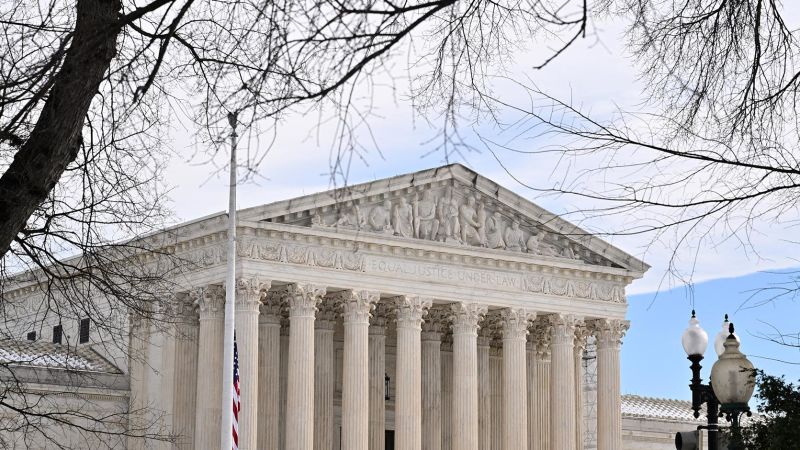Justice at Stake: Supreme Court Weighs Fatal Police Encounter Over Toll Violation Traffic Stop

In a tense and pivotal Supreme Court hearing, justices delved deep into the harrowing details of a routine traffic stop near Houston that spiraled into a fatal encounter in mere moments. The nearly 80-minute oral argument examined a critical incident that transformed an ordinary roadside interaction into a tragic confrontation lasting just five seconds.
The case, which has drawn significant legal scrutiny, centers on the split-second decisions made by law enforcement and the constitutional implications of rapid-escalation scenarios. Supreme Court justices probed the complex legal and ethical questions surrounding police use of force, challenging attorneys to unpack the nuanced circumstances that can turn a routine traffic stop into a life-or-death situation.
Lawyers and justices alike wrestled with the intricate legal standards that govern police conduct, seeking to understand how quickly a seemingly mundane encounter can become a critical moment of potential constitutional violation. The intense discussion highlighted the delicate balance between public safety, law enforcement discretion, and individual rights.
As the nation watches closely, this Supreme Court deliberation promises to provide crucial guidance on the legal standards governing police interactions and the use of force in high-pressure, rapidly evolving situations.

